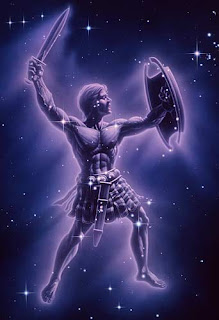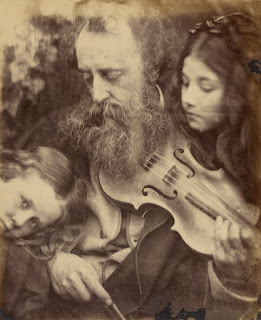Space and Art
One of my earliest memories of the bridge between space and
was the constellations. I was fascinated
with the story of Orion, his belt, and how the goddess Artemis placed him among
the heavens as greek mythology was a childhood interest of mine. A number of the constellations had religious
reverence (Mullen, 2011). Even in
Christianity, there was a link between the space and the divine and the book Paradiso (part of the Divine Comedy by
Dante) uses celestial spheres to outline the path a soul takes when ascending
to God (Alighieri, 1952).
I’ve come to learn that farmers were some of the first
people to appreciate constellations as they used them to tell the time of year
in areas that did not have much of a differentiation between seasonal weather,
which can effect agriculture (Dolan, 2018).
But I have a vivid memory of my second grade teacher explaining how the
Big Dipper was used for navigation and its link to black history (Gooley, 2018). Slaves created a negro spiritual called
“Follow the Drinking Gourd” (or “Follow the Big Dipper”) as the northern star
was apart of this constellation and allowed escaped slaves to maneuver the underground
railroad (Hartcourt, 2018).
References:
Mullen, Leslie. Space.com,
20 Jan 2011. <
https://www.space.com/10656-astronomy-religion-cosmos-intersection.html>
Dante,
Alighieri, and Laurence Binyon. Dante's Paradiso. London:
Macmillan, 1952.
Dolan, Chris. What Are
Constellation? <
http://www.astro.wisc.edu/~dolan/constellations/extra/constellations.html>
Gooley, Tristan. How to navigate using the stars. <
https://www.naturalnavigator.com/find-your-way-using/stars>
Harcourt, Houghton Mifflin. “Follow the Drinking Gourd” –
African American Spiritual. <
http://www.eduplace.com/kids/socsci/nyc/books/bke/sources/bkc_template.jsp?name=spiritual&bk=bkc&state=ny>





Comments
Post a Comment